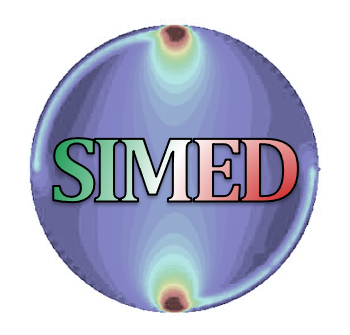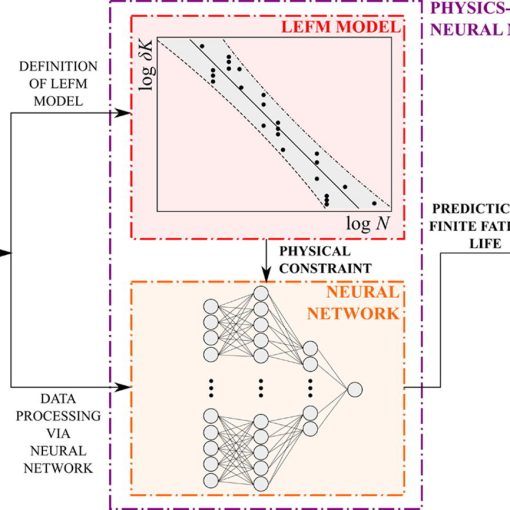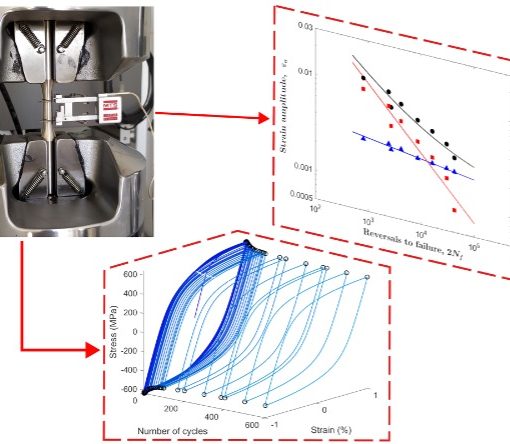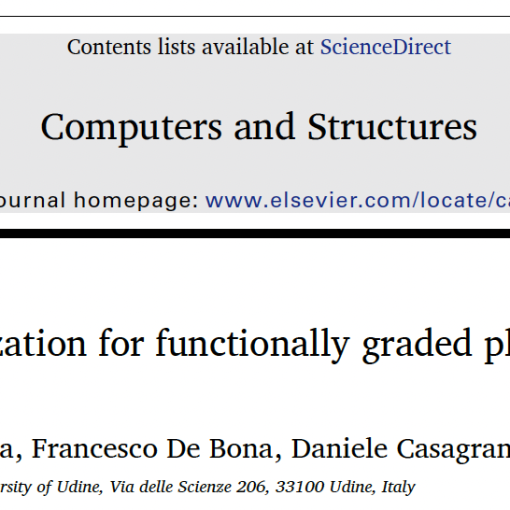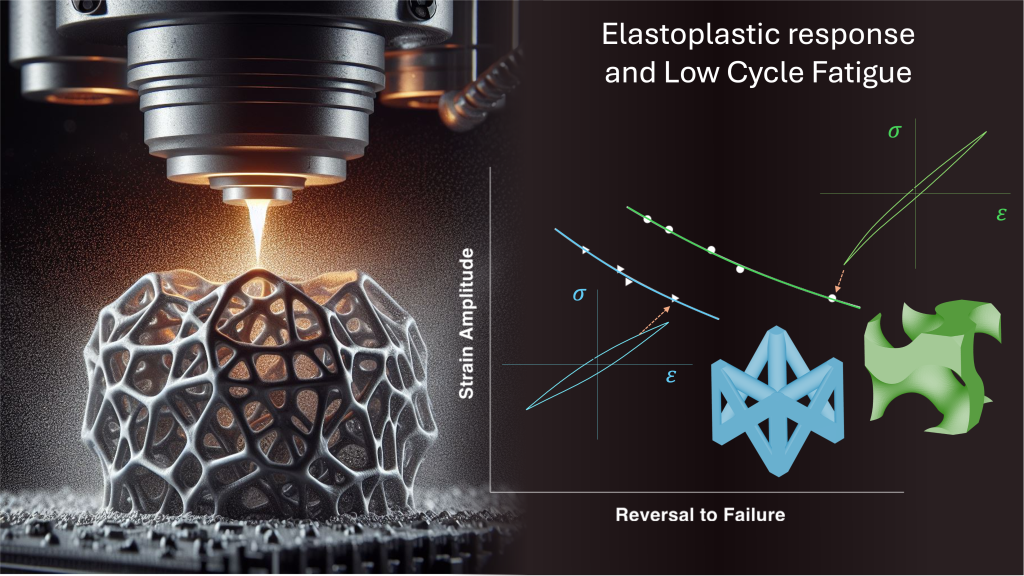
Cellular materials consist of intricate engineered structures spanning multiple lengthscales, offering precise control over their properties. However, the presence of stress/strain risers can hinder their integrity, particularly in fatigue performance. The crucial question is then: to what extent do these features influence fatigue?
The difficulty in conducting representative experimental tests has been one of the barriers to answering this question definitively, especially in the cyclic elastoplastic regime.
In our latest study, thanks to a thorough bespoke sample design, we managed to experimentally investigate how two important types of cellular structures behave when subjected to low cycle fatigue (LCF).
Open access full article, published in International Journal of Fatigue:
ResearchGate: https://lnkd.in/dyWhFdEi
Science Direct:
https://lnkd.in/dq5XFAgs
Stay tuned for further updates! In-depth numerical studies will follow, aimed at deepening our understanding of the ruling factors in LCF in these materials.
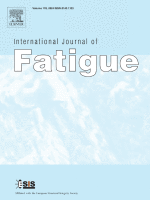
M. Pelegatti, F. Scalzo, F. Sordetti, E. Vaglio, M. Magnan, G. Totis, M. Sortino, D. Benasciutti, A. Lanzutti, F. De Bona, E. Salvati. Low cycle fatigue behaviour of cellular materials: Experimental comparative study of strut-based and gyroid structures made of additively manufactured 316L steel. (2024) International Journal of Fatigue. DOI:10.1016/j.ijfatigue.2023.108024
